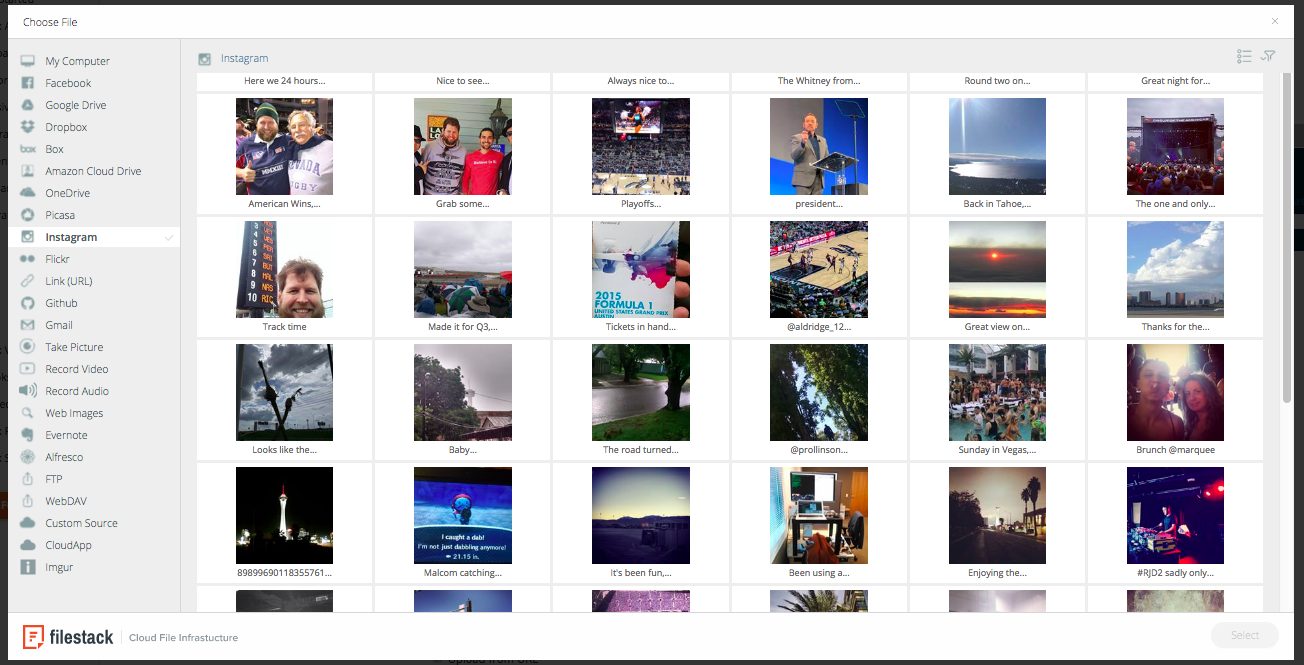On June 1st, Instagram started to enforce new policies to their platform. Now, all applications that have not already gone through their recertification process are being moved to the developer’s sandbox and cut off from public availability. Fortunately, Filestack confirmed its place as an authorized application early enough that our platform will continue to function as usual for all of our users.

As a company that maintains 20+ API integrations, we know firsthand of the pain of spending countless hours integrating an API and then having it break at the cruel whim of its creators.
However, as inconvenient as this is for those who rely on the Instagram API, we understand the reasons that Instagram is implementing these changes. There is always hassle associated with maintaining and expanding capabilities of a high quality API. Companies update and deprecate APIs for a number of reason ranging from system failures, pivoting monetization strategies, adding additional features and killing off products. Maintaining and upgrading infrastructure is an expensive business that requires dedicated personnel and equipment.
Bridging this gap is why Filestack exists. We strive to provide a unified API which connects users directly to the APIs of 20+ cloud drives, including Instagram, Facebook, and Dropbox, without ever breaking. As the APIs of our cloud sources change, we update immediately, without letting your application break. Obviously this is an ambitious goal, but we’ve been doing a great job thus far!
Even now, the many applications that are being cut off by Instagram can continue to upload and export images from Instagram using Filestack’s integration.
Instagram is just one example of changing APIs. Just this year we have released 29 changes to our API implementations, resolving over 50 issues with our 20+ API integrations, thus avoiding thousands of hours of developer time for our users. Don’t get stuck managing your own API integrations. We’ve got your back.
Filestack is a dynamic team dedicated to revolutionizing file uploads and management for web and mobile applications. Our user-friendly API seamlessly integrates with major cloud services, offering developers a reliable and efficient file handling experience.
Read More →